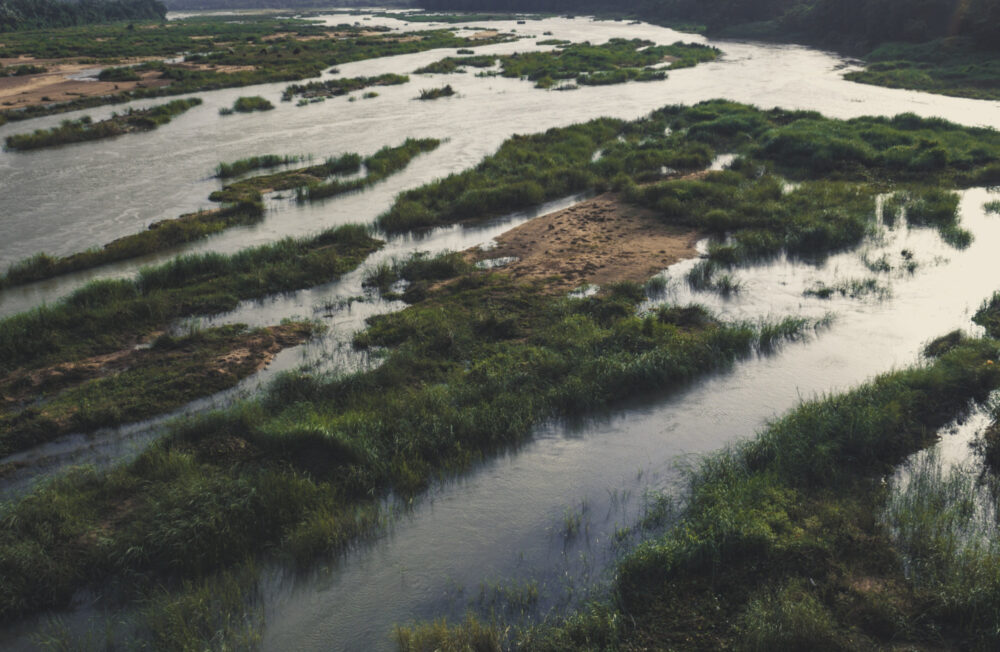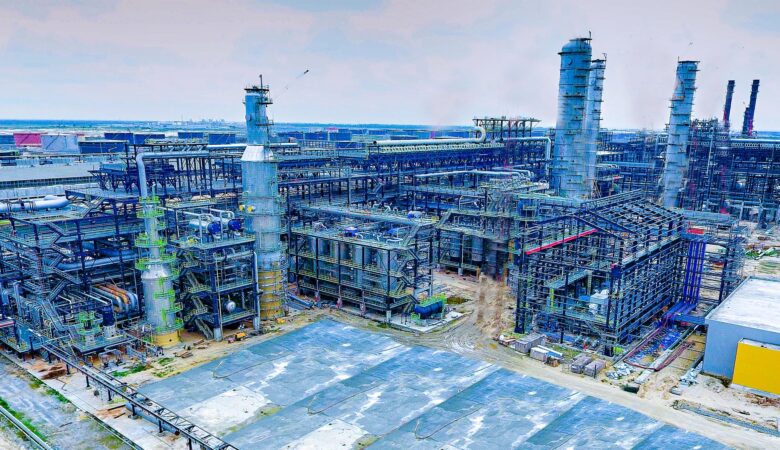Nigeria is facing a significant humanitarian crisis as massive floods ravage communities and farmlands across the country. At least 10 states have been severely affected by the flooding, which has displaced nearly 500,000 people and caused widespread destruction. This comes at a time when Nigeria is already grappling with numerous socio-economic challenges, and experts warn that the situation could exacerbate existing issues like food insecurity, which is expected to impact 26.5 million people this year.
The National Emergency Management Agency (NEMA) has been actively responding to the disaster, but the scale of the damage is overwhelming. More than 16,000 hectares of farmlands have been destroyed, threatening the livelihoods of farmers and worsening the country’s food supply. In Borno State alone, over 239,000 people have been displaced, with entire communities submerged under water. The situation in Maiduguri, the capital of Borno, is particularly dire. Floodwaters from overflowing riverbanks and the collapse of the Alau Dam on the Ngadda River have inundated large parts of the city. The floods have even forced authorities to evacuate a local prison, and animals from the city’s zoo have been set loose, adding to the chaos.
This disaster is reminiscent of Nigeria’s worst flooding in a decade, which occurred in 2022. That event displaced over 1.4 million people across 34 states, including Borno. Although the 2024 floods have not yet reached the same scale, they have highlighted systemic problems in Nigeria’s flood management and emergency preparedness. The current floods have already destroyed homes, infrastructure, and livelihoods in multiple states, including Benue, Kogi, and Delta. These states, located along major rivers, are particularly vulnerable to the kind of severe flooding that has now become an annual occurrence.
According to the 2024 Annual Flood Outlook (AFO), which was released by the Nigerian Hydrological Services Agency (NIHSA) in April, 148 local government areas across 31 states are at high risk of flooding this year. Another 249 local government areas in 35 states, including the Federal Capital Territory, are classified as moderate flood-risk areas. The report warned that erratic rainfall patterns, combined with poor river basin management and inadequate hydraulic infrastructure, would likely result in widespread flooding. It recommended the implementation of robust early warning systems, improved flood defenses, and better coordination of disaster response efforts at all levels of government.

Despite these warnings, Nigeria’s flood response remains limited by structural and institutional weaknesses. In many cases, vulnerable communities have not received timely warnings or sufficient resources to prepare for the floods. NEMA spokesperson Manzo Ezekiel acknowledged that while the agency had issued warnings earlier in the year and held meetings with stakeholders, more needs to be done to mitigate the impact of these disasters. Radio jingles and other public awareness campaigns were launched to alert residents of flood-prone areas, but the effectiveness of these measures has been called into question as floodwaters continue to wreak havoc.
In addition to the immediate human toll, the floods are expected to have long-term consequences for Nigeria’s food security. Many of the affected states are key agricultural regions, and the destruction of crops will further strain food supplies in a country where hunger is already a critical issue. According to the United Nations’ Food and Agriculture Organization (FAO), 26.5 million Nigerians could face food insecurity this year, up from 18.6 million in 2023. The floods will likely push this number even higher as farmers are forced to harvest crops prematurely, or in some cases, abandon them altogether due to the rising waters.
The international community has started to mobilize aid for Nigeria, but the scale of the disaster is so vast that local and federal authorities are struggling to coordinate an effective response. The Nigerian government has been criticized for its lack of investment in critical infrastructure like drainage systems and embankments, which could help mitigate the impact of future floods. Some experts argue that climate change is also playing a role, with more intense and frequent rainfall patterns contributing to the increasing severity of floods in the region.
For now, the priority remains on providing immediate relief to those affected. Aid organizations, including the United Nations Office for the Coordination of Humanitarian Affairs (OCHA), are working with local authorities to deliver food, water, and medical supplies to displaced communities. However, with the rainy season far from over, the risk of further flooding remains high, and the situation could deteriorate in the coming weeks.
This flood disaster once again highlights the urgent need for comprehensive flood management and disaster preparedness plans in Nigeria. As the country faces mounting environmental challenges, including flooding and desertification, the government must prioritize investments in resilient infrastructure and early warning systems to protect its most vulnerable citizens from future disasters.








Leave a Reply